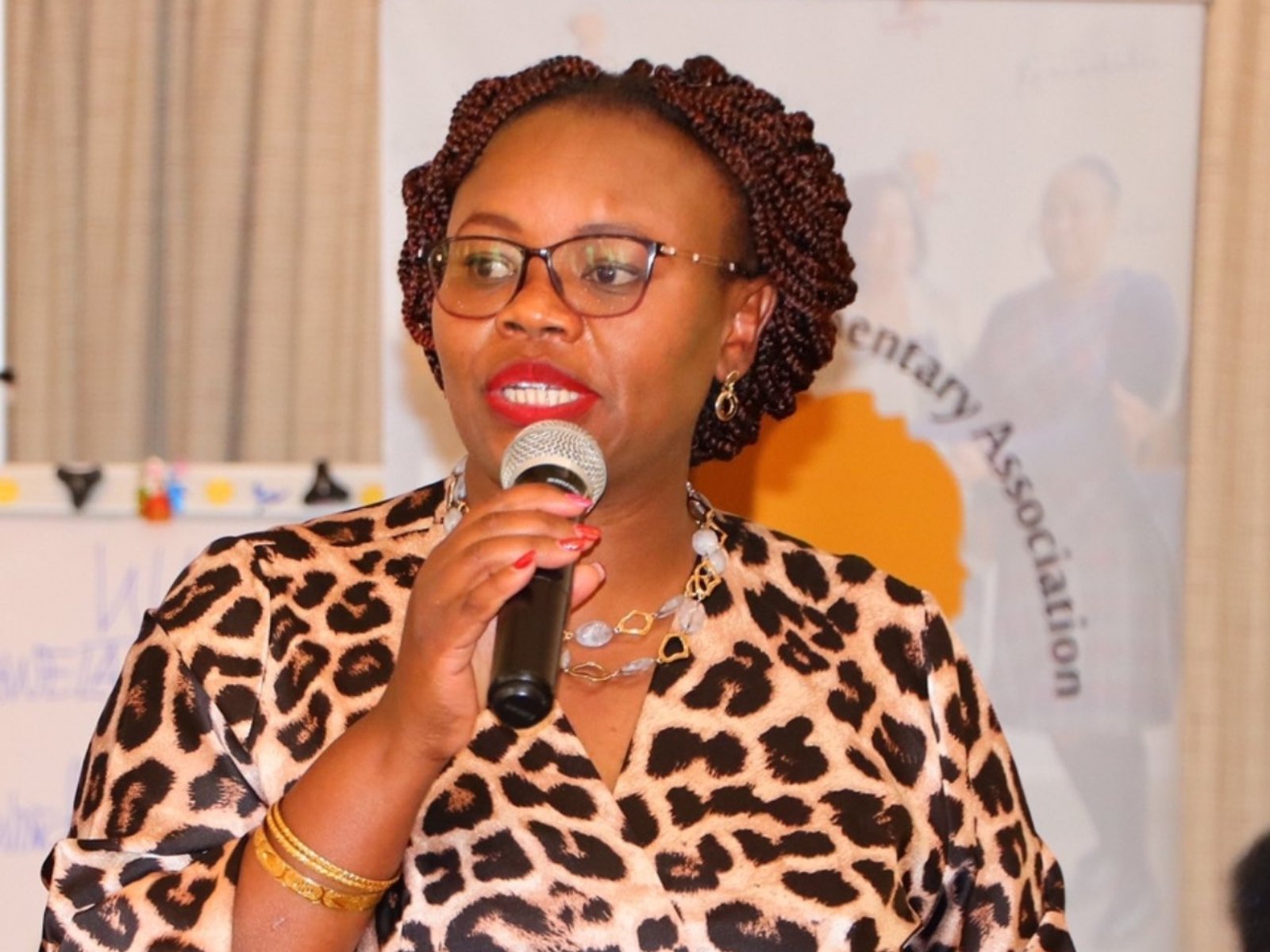Study highlights vulnerable online sexual exploitation

The Internet is a universe unto itself, borderless and endless. Like a living digital galaxy, it keeps expanding with every click.
It contains more than anyone could ever consume in multiple lifetimes, but this fact has not stopped us from scrolling, as if our lives depend on it—adults and children alike—in different ways and with varying consequences.
But there is danger lurking.
On the Internet, the words of aerospace engineer Edward A. Murphy Jr prove true: “Anything that can go wrong will go wrong.”
According to a study by ZanaAfrica with support from Safe Online, “one in every three Internet users is a child, giving adults unprecedented and uncontrolled access to children across the globe, yet the internet was not developed with children’s safety in mind.”
Intellectual disabilities
The study explores Online Sexual Exploitation and Abuse (OCSEA) of children with intellectual disabilities in Kenya, highlighting their unique vulnerabilities and proposing solutions to address these challenges.
“The country has experienced an upsurge in such violations, and one would wonder why the rise at this point in time. It’s even worrying given that the violators, according to the studies, cut across all social classes,” said Josephine Kisilu, the Dean of Studies at the Kenya Institute of Special Education.
At any given point, according to the study, 750,000 individuals are estimated to be looking to connect with children for sexually exploitative purposes.
In Kenya, the Kenya Demographic and Health Survey (2022) reports that 4.2 per cent of boys and 3.8 per cent of girls aged 10-14 use the internet. This increases to 40.8 per cent of boys and 31.2 per cent of girls accessing the internet by ages 15-19.
According to Ms. Meghan White Mukuria, the founder of ZanaAfrica, “some 18 million children in Kenya are already exposed to online risks.”
She appeals to all stakeholders, from parents to policymakers, to act urgently and collaboratively, “before scale becomes a crisis.”
The report quotes a study by Disrupting Harm, which establishes that up to 20 per cent of children across 12 countries had experienced at least one form of clear online sexual exploitation and abuse in the past year.
Regularly confronted
It goes on to add that children in Kenya are regularly confronted with the risk and consequences of OCSEA.
Disrupting Harm research found that 67 per cent of children aged 12-17 in Kenya are internet users, seven per cent had been offered money or gifts in return for sexual images or videos of themselves, and three per cent had been threatened or blackmailed online to engage in sexual activities in the past year with seven per cent of them having their sexual images shared without their permission.
While the overall number of OCSEA cases reported to authorities could not be established, findings showed that the Anti-Human Trafficking and Child Protection Unit of the Directorate of Criminal Investigations in Kenya handled 3,160 cases in 2018 and 4,133 in 2019.
The unit also received an average of 13,572 cyber-tips per year via the US National Centre for Missing and Exploited Children (NCMEC) between 2017 and 2019, mainly concerning the detection, upload, or dissemination of child sexual abuse materials on online platforms.
Safe online
It gets worse, the Disrupting Harm research in Kenya showed that 66 per cent of internet-using children have not been taught how to stay safe online, and their awareness of the risks varies.
Frontline workers and children who were subjected to OCSEA state that most offenders were people known to the children. But the caregivers fail to help these children because they use the internet less than the children.
These children almost certainly include children with intellectual disabilities, who, according to the report, “have an IQ of between 70-75 or below, have significant limitations in adaptive behaviours (the ability to adapt and carry on everyday life activities such as self-care, socialising, and communicating), and whose onset of the disability occurs before age 18. Early intervention is necessary to nip OCSEA in the bud because waiting long will entrench the problem, making it harder to reverse later in life.
“What?” wondered John Njoroge, a father of three, when I shared these statistics with him. “I have a fifteen-year-old daughter who has a phone, but she doesn’t have free rein with it. I have installed the Google Family Link App, which helps me track her activities online, including the number of hours she is on WhatsApp.”
But these, too, are insufficient because you cannot see who and what they talk about on social media like WhatsApp and Telegram, which exposes them to paedophiles.
According to the report the main risks for children online include online grooming, where perpetrators manipulate and exploit vulnerable children, often leading to sexual abuse, in-person sexual abuse or harassment when online interactions escalate to physical abuse, including unplanned pregnancies, and exposure to inappropriate content, as children may encounter pornography, violence, or other unsuitable materials.
Vulnerable children may be coerced into live-streaming explicit acts or be pressured to share explicit images or personal details. Children may imitate inappropriate content they view online, potentially leading to self-harm or abuse of others, and scammers may trick them into sharing personal information or making financial transactions.
Excessive screen time can also lead to detachment from real-world interactions and relationships, leading to a tendency towards isolation.
Children with intellectual disabilities face elevated levels of bullying, harassment, and hateful comments, which are compounded by their limited ability to recognise and respond to threats, and exacerbated by their caregivers’ inability to monitor their online activities due to demanding schedules.














